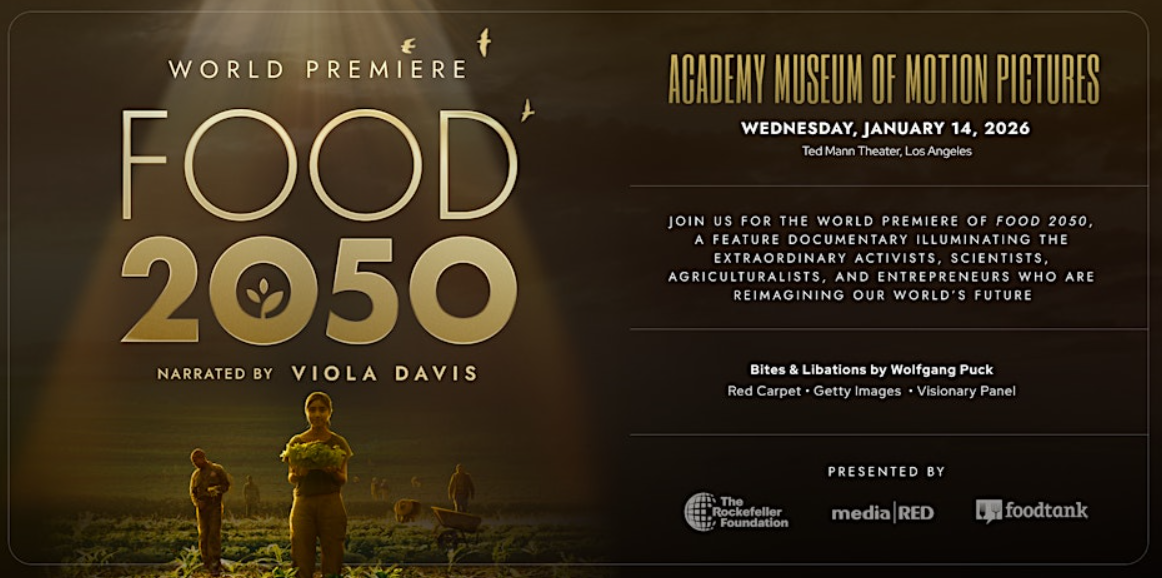I’m on the visionary panel. To register, click here.

The National Oceanic and Atmospheric Administration (NOAA) has proposed the nation’s first aquaculture policy, which it says it did in response to consumer demand for local, safe, sustainably produced seafood (FoodNavigator.com has a good summary).
Ah yes. Seafood. The wild west of the food industry. Safe and sustainable sounds good, but the statistics are not reassuring.
As NOAA explains, U.S. aquaculture – meaning farmed – currently only accounts for about 5% of our seafood. Get this: an astonishing 84% of U.S. seafood is imported. Of this, half is farmed.
Worldwide, farmed seafood exceeded catches of wild seafood for the first time in 2009.
NOAA guesses that with wild fish stocks depleting rapidly, we will see plenty more fish and shellfish farming.
NOAA quotes the depressing Food and Agriculture Organization report on world fisheries and aquaculture. This says that worldwide per capita fish availability is about 17 kg per year, and supplies more than 3 billion people with at least 15% of their average animal protein intake. No wild fish stock can keep up with that kind of demand.
NOAA’s yawn-inducing recommendations (edited):
It’s going to take a lot more than that to fix the fish situation.